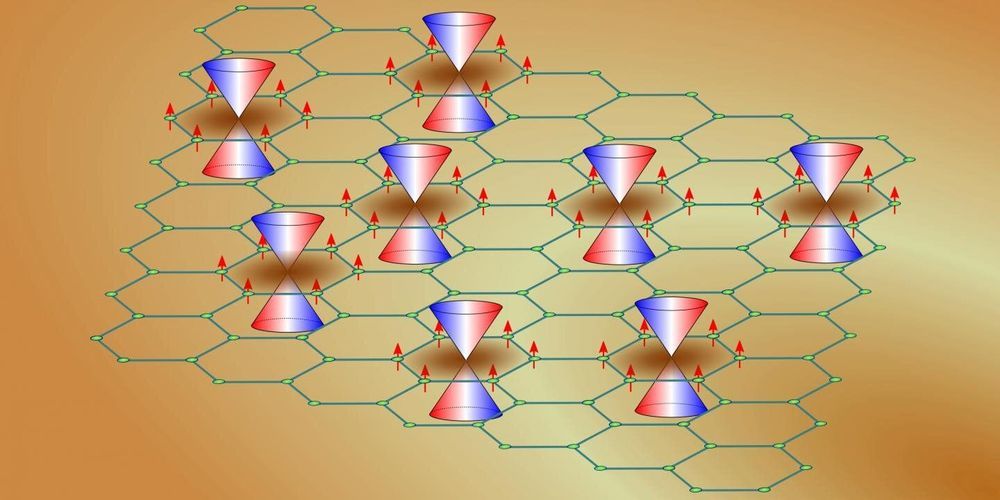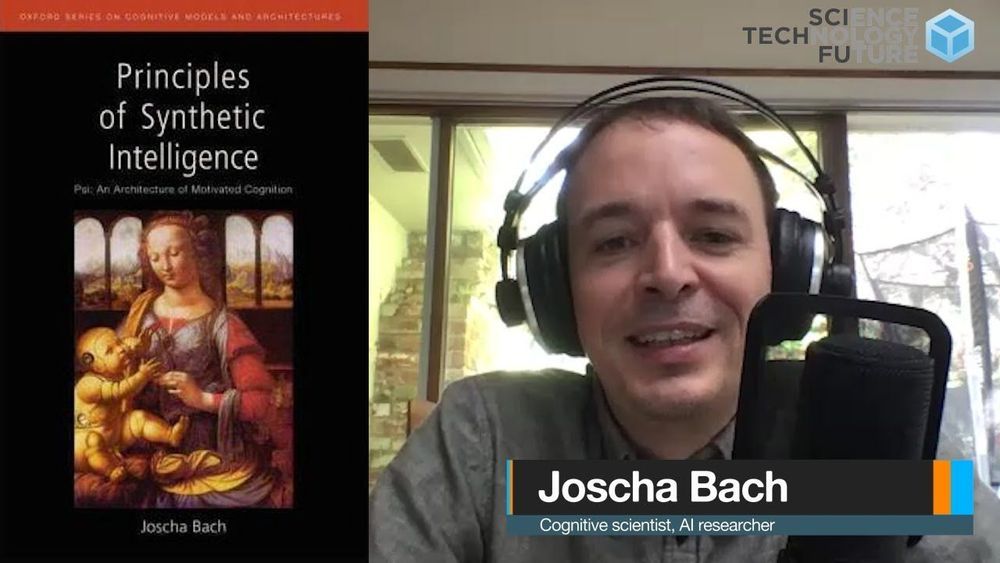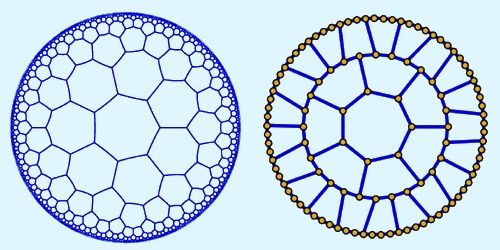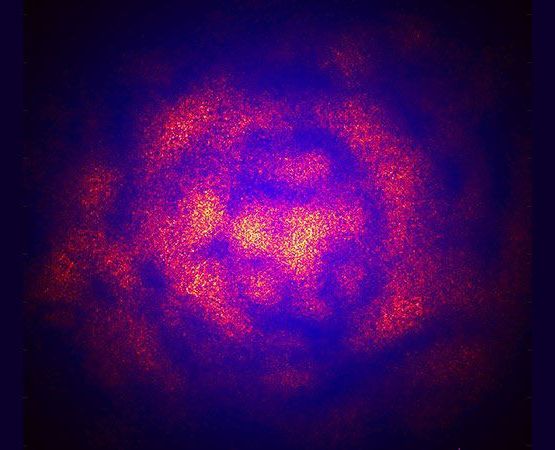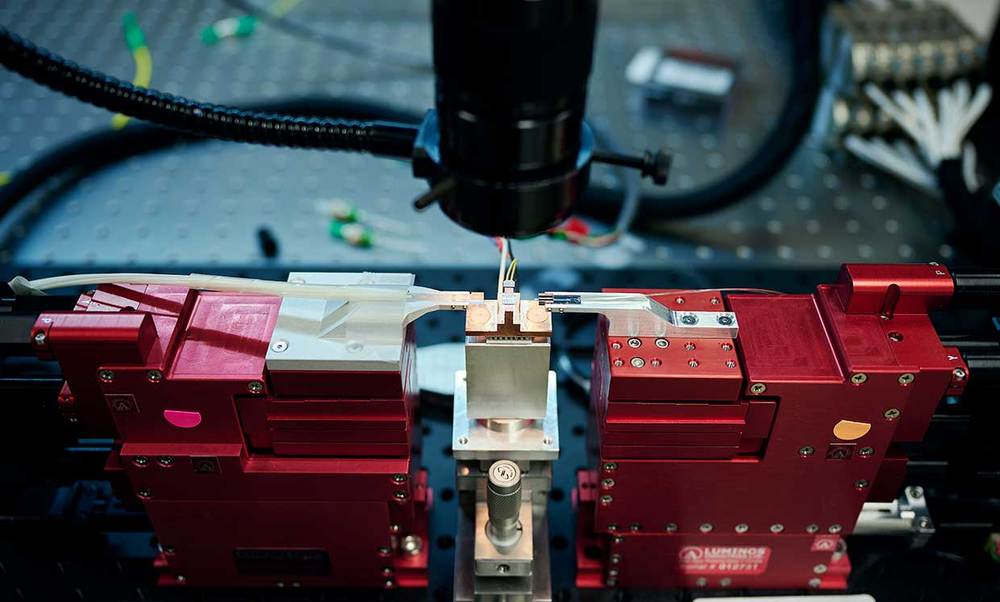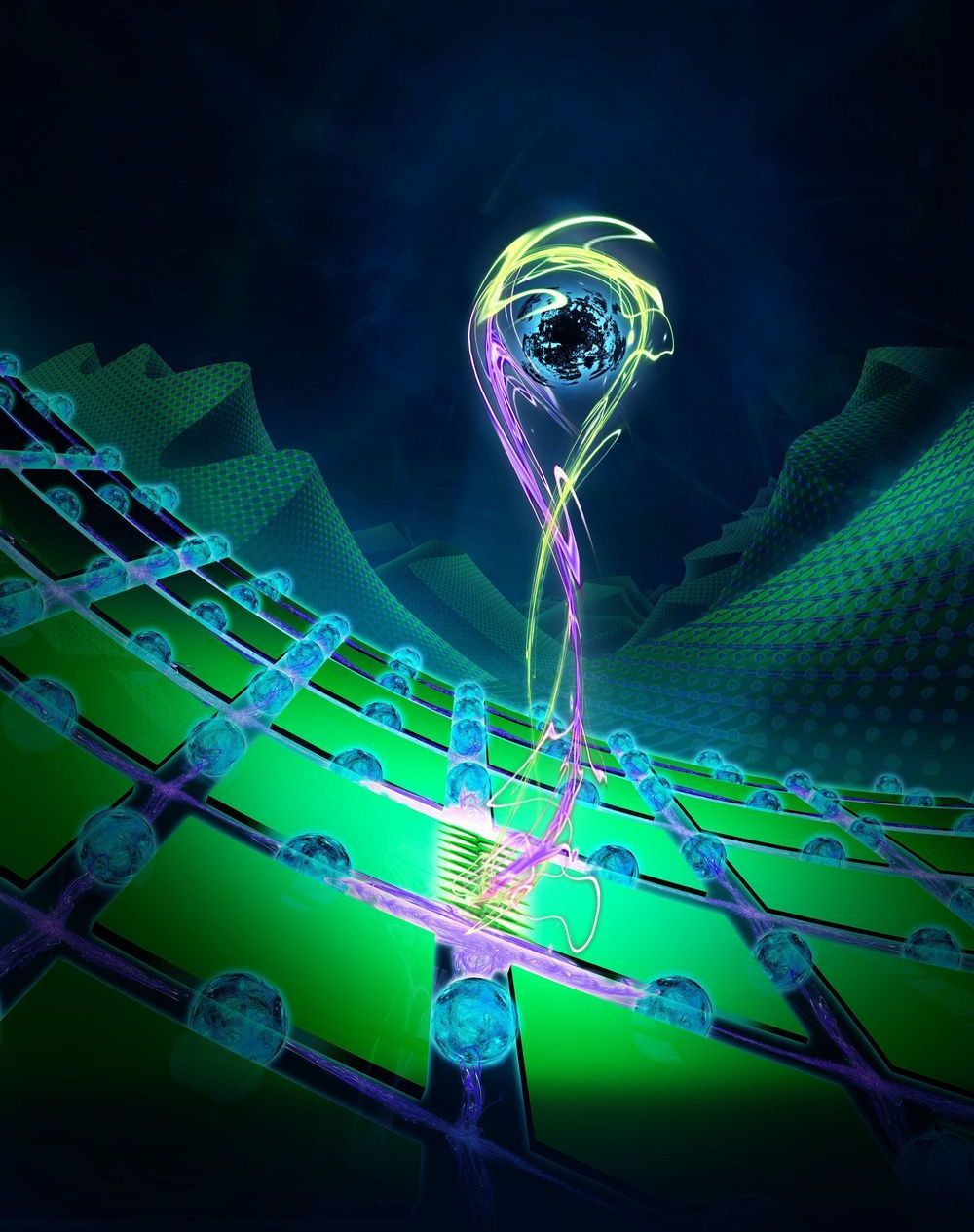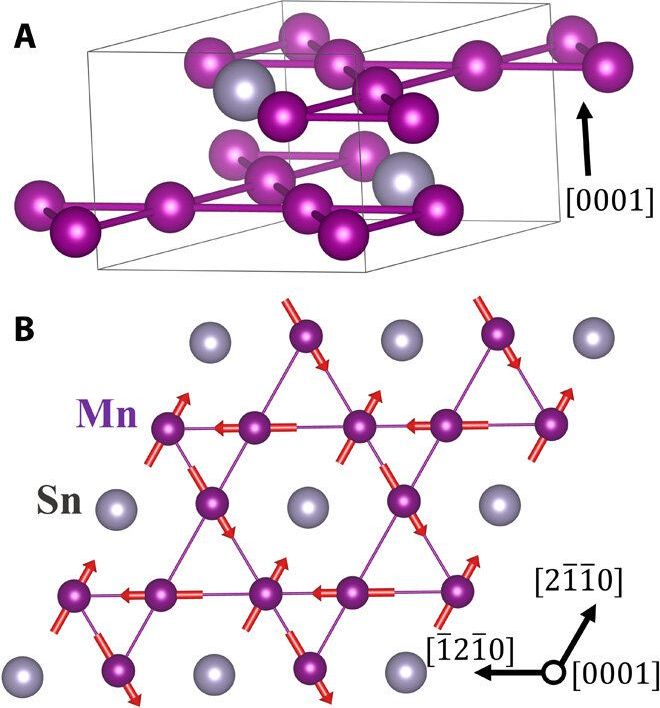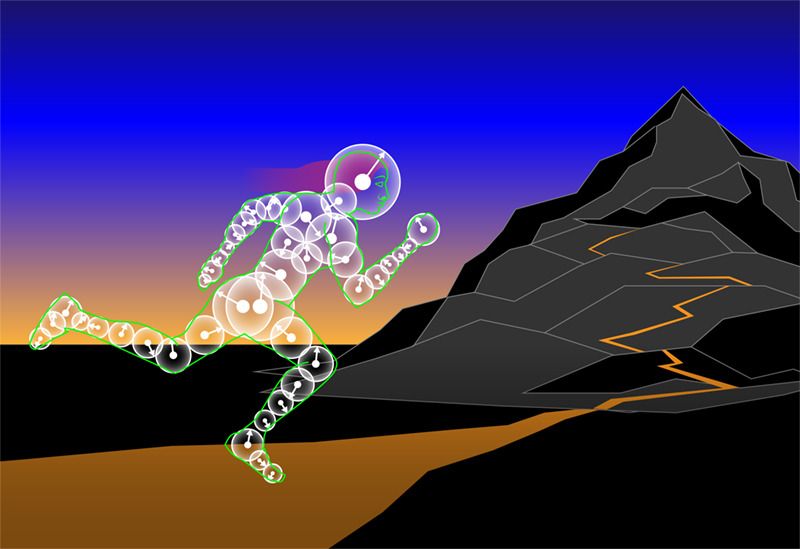The search is on to discover new states of matter, and possibly new ways of encoding, manipulating, and transporting information. One goal is to harness materials’ quantum properties for communications that go beyond what’s possible with conventional electronics. Topological insulators—materials that act mostly as insulators but carry electric current across their surface—provide some tantalizing possibilities.
“Exploring the complexity of topological materials—along with other intriguing emergent phenomena such as magnetism and superconductivity—is one of the most exciting and challenging areas of focus for the materials science community at the U.S. Department of Energy’s Brookhaven National Laboratory,” said Peter Johnson, a senior physicist in the Condensed Matter Physics & Materials Science Division at Brookhaven. “We’re trying to understand these topological insulators because they have lots of potential applications, particularly in quantum information science, an important new area for the division.”
For example, materials with this split insulator/conductor personality exhibit a separation in the energy signatures of their surface electrons with opposite “spin.” This quantum property could potentially be harnessed in “spintronic” devices for encoding and transporting information. Going one step further, coupling these electrons with magnetism can lead to novel and exciting phenomena.
